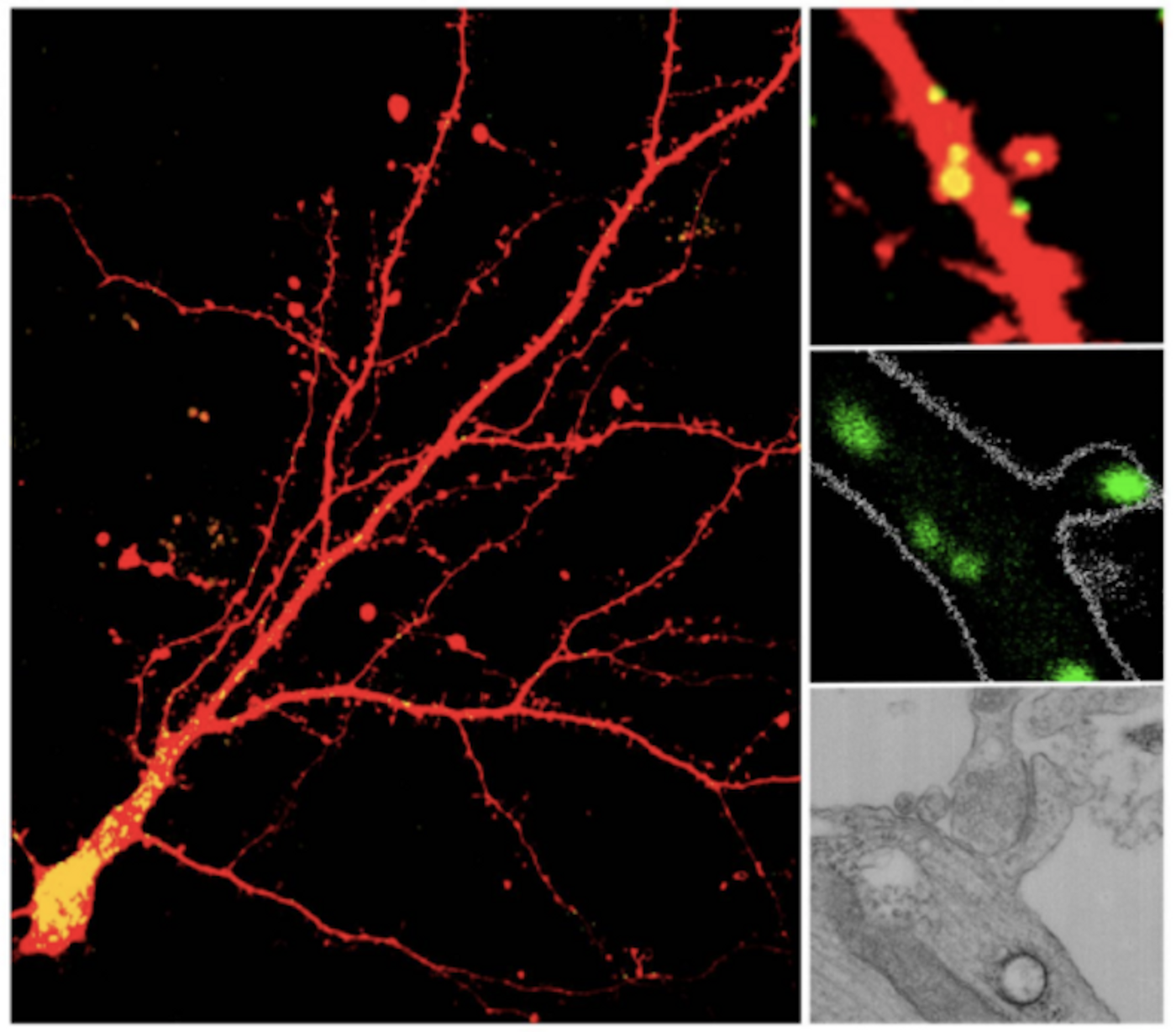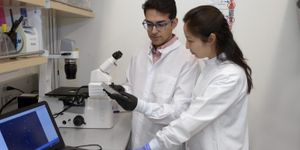New Details on Protein Recycling in the Brain
Our cells are good at recycling; they maintain a balance between the production of new material and the degradation of old or unneeded stuff. A specialized organelle in the cell called a lysosome is a critical part of this process. They contain around 50 different digestive enzymes that act like a digestive system for the cell, ridding it of what’s useless and breaking down complex molecules.
This process is especially important in the human brain, where tight control helps ensure that all is well with learning and memory. When the system becomes defective, serious disease can occur. Lysosomal dysfunction has been connected to both Parkinson's and Alzheimer's diseases.
New work by researchers including graduate student Marisa Goo and Professor Gentry Patrick at the University of California San Diego has shown for the first time that lysosomes are able to travel throughout neurons, reaching distant branches at one end of the cell called dendrites. The research is outlined in the video below and has been reported in the Journal of Cell Biology.
The scientists were surprised to find that lysosomes can migrate to dendritic spines, areas that are critical to nerve cell signaling. Additionally, the investigators learned that when a single dendritic spine is activated, lysosomes can be directly recruited to these very specific parts of the neuron.
"Previously there was no reason to think that lysosomes could travel out to the ends of dendrites at synapses," explained Patrick, who is a Professor of Neurobiology in the Division of Biological Sciences at UC San Diego. "We are showing neuronal activity is delivering them to the synapse and they are playing an integral and instructive role in remodeling and plasticity, which are so important for learning and memory."
By using genetic techniques to attach fluorescent markers highlighting lysosomes, the researchers followed the movement of the organelles around the cell. At times they were found to be hundreds of microns away from the cell body, a central part of the neuron where it had been thought lysosomes normally resided. Various microscopy techniques -- confocal, electron and two-photon -- showed how lysosomes can travel to a precise part of the dendrites under normal conditions, a previously unknown phenomenon.
"We've shown that lysosomes can be recruited to a single synapse... until now we had no idea that lysosomes could receive such instructive cues," explained Patrick, "For many neurodegenerative diseases, lysosome dysfunction seems to play a role. So now we can look at the distribution and trafficking of lysosomes - which we now know are controlled by neurons - and ask: Is that altered in disease?"
Sources: AAAS/Eurekalert! Via UCSD, Biochemical Society Transactions, Movement Disorders, Journal of Cell Biology









